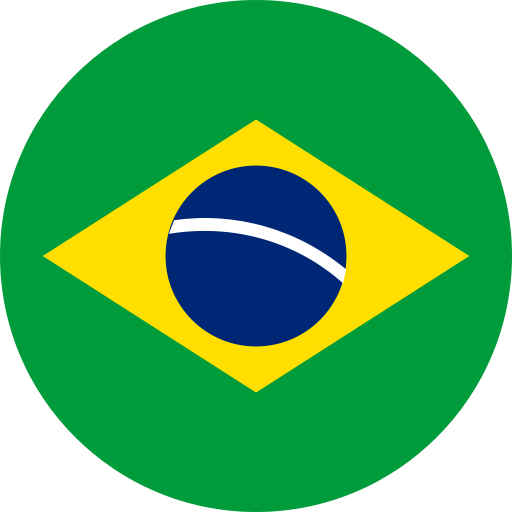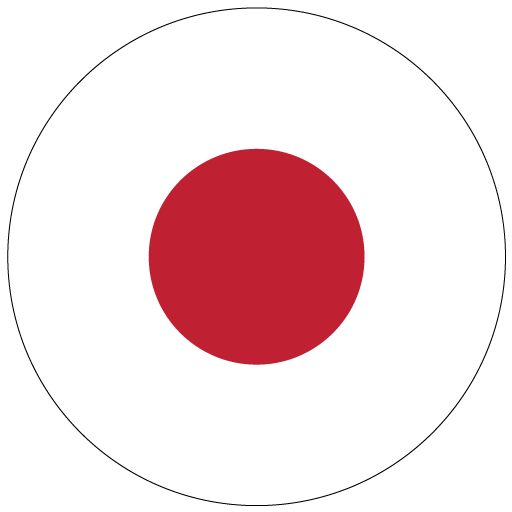FAQ
PVD Coatings for Cutting Tools
The introduction of PVD thin film coatings for cutting tools in the metal cutting industry is one of the main success stories in the industrial application of modern coating technology over the last 30 years.
The first PVD coating material to have a commercial application on cutting tools was TiN in the early 1980s and since the 1990s most cutting tools are PVD coated particularly in applications where sharp edges are required, e.g. threading, grooving, end-milling, etc. and in cutting applications that have a high demand for a tough cutting edge, e.g. drilling.
In solid carbide cutting tools (end-mills and drills) PVD is the standard coating technology. The TiAlN PVD coating is currently the most widely deposited PVD coating for cutting tools but other coatings such as TiCN and CrN offer better solutions in certain applications.
Technology
PVD thin film coatings can be deposited at temperatures below 500 º C. This allows substrates such as bearing steels and titanium or aluminium alloys to be coated. This would not be possible using chemical vapour deposition, CVD. The coating temperature can even be reduced to such a level that polymers can be coated.
Salient Features
Smooth coatings
Magnetron sputtered coatings follow the exact surface roughness of the substrate material. If a fingerprint was present before coating you will see it after coating. Smooth coatings are vital for applications such high precision forming
High hardness
PVD coatings are deposited while under concurrent ion bombardment. These energetic ions allow the deposition of dense, hard films by supplying the sputtered neutrals with sufficient energy to find a suitable nucleation site and inducing high compressive stress. PVD coatings with a hardness of 1000-4000HV can be deposited with this technique, approximately 5x the hardness of high speed steel.
Wear resistance
PVD coatings can be deposited that are resistant to all forms of wear. In machining for example substantial reductions in the following wear mechanisms are observed
Troubleshooting
Problem: Crater wear (chemical interaction between the tool and the work piece).
Solution: Stable coatings that do not readily chemically react.
Problem: Flank wear – abrasive wear by hard constituents of the work piece.
Solution: Hard coatings
Problem: Built-up at the edge – welding of the work piece material to the tool tip which may detach along with part of the tip.
Solution: Low friction coatings that reduce heat generation and the formation of solid solutions.
Problem: Depth of cut notching – oxidation of the tool material with some abrasion from the edge of the chip.
Solution: Coatings can be deposited that resist oxidation up to 1000 º C.
Problem: Thermal cracks – produced by temperature gradients in repeated heating and cooling in interrupted cutting
Solution: Low friction coatings that reduce heat generation.
Benefits of Coating
Saves companies billions
In the areas of machining and tooling PVD coatings are widely used to increase the life and productivity of production cutting tools saving companies billions of dollars worldwide. The use of PVD coatings on cutting tools saves money in three ways.
Run tools faster
Firstly PVD coated cutting tools can be run faster reducing cycle times and enabling the production of more components in less time.
Reduce wear and pickup
In metal cutting different wear processes exist depending on the work piece material. These wear mechanisms include abrasive wear on the flank and clearance face of the cutting tool, crater wear on the rake face, caused by chemical interaction between the cut chip and the tool surface, built-up edge on the cutting edge and depth-of-cut notching caused by abrasion by the outer edge of the chip.
None of these wear mechanisms exists in isolate on however one usually predominates. For example when cutting low-silicon aluminium built-up-edge is generated that affects the quality of the finished product whereas high-silicon aluminium causes the tool to wear predominantly due to abrasion.
PVD coatings are resistant to all forms of wear increasing the life of cutting tools reducing tool-changing costs.
Reduce the need for cutting fluid
Cutting fluids cost companies today up to 15% of their total production costs. High speed cutting and dry machining involve extremely high temperatures at the cutting edge. PVD coatings such as TiAlN have incredible thermal stability, hot hardness and oxidation resistance. PVD coatings can therefore be run dry or with very limited amount of cutting fluid.
Cut hard materials
PVD coated cutting tools can cut extremely hard materials e.g. 63 HRC.
Resharpening and Recoating of Cutting Tools
The cutting tools achieve the same performance as new coated tools.














